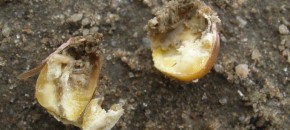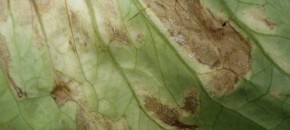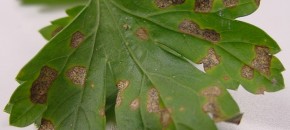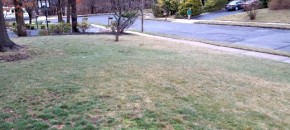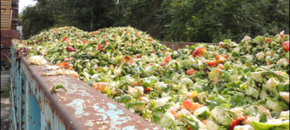
Sign up for pepper weevil monitoring with the Rutgers IPM Team. Our base fee is $450 per farm and $100 per trap deployed. If we are already doing insect trapping or field scouting at a farm, then the only additional cost is for the weevil pheromone traps. We suggest that one trap be set in […]
Continue reading...